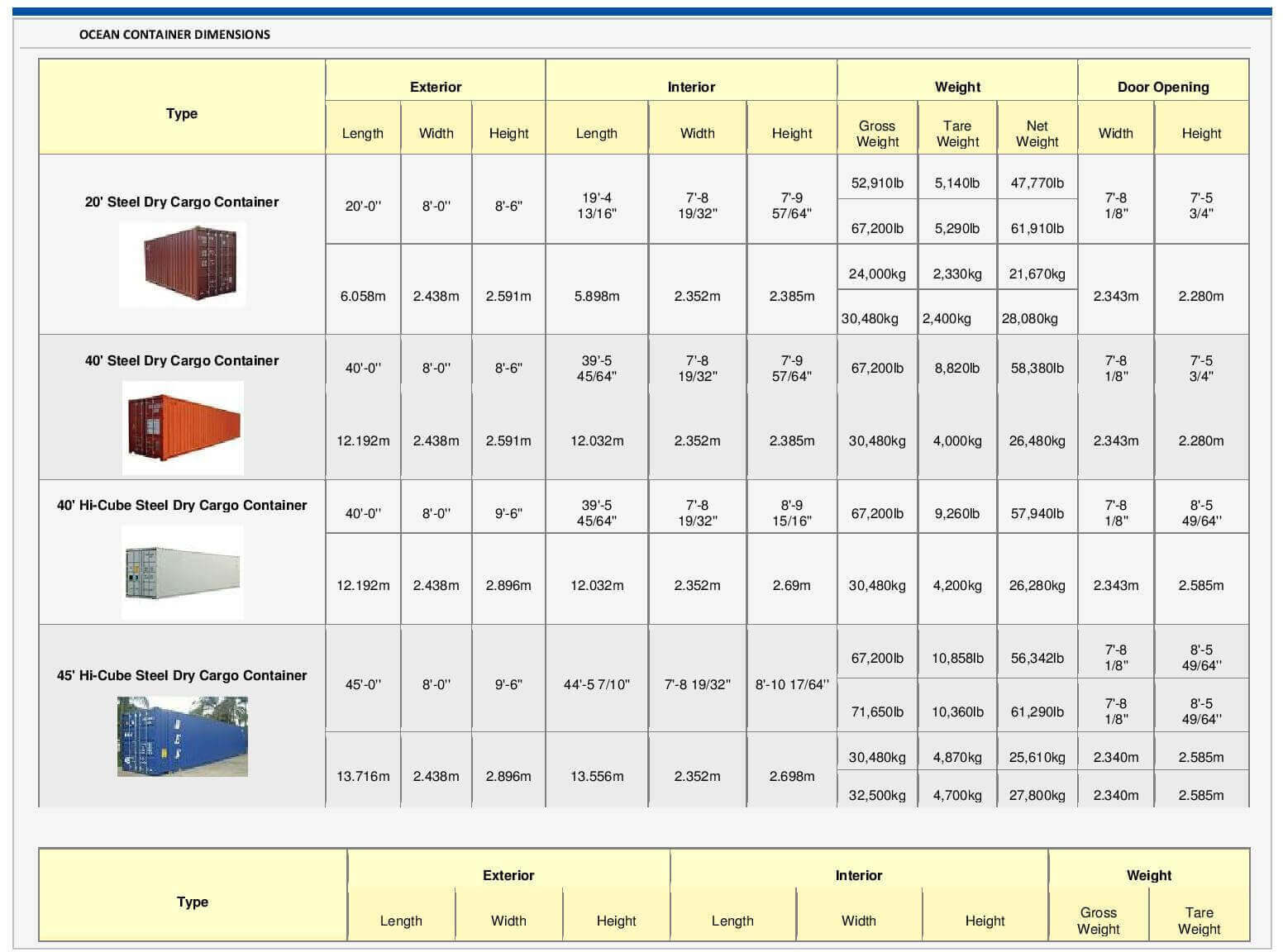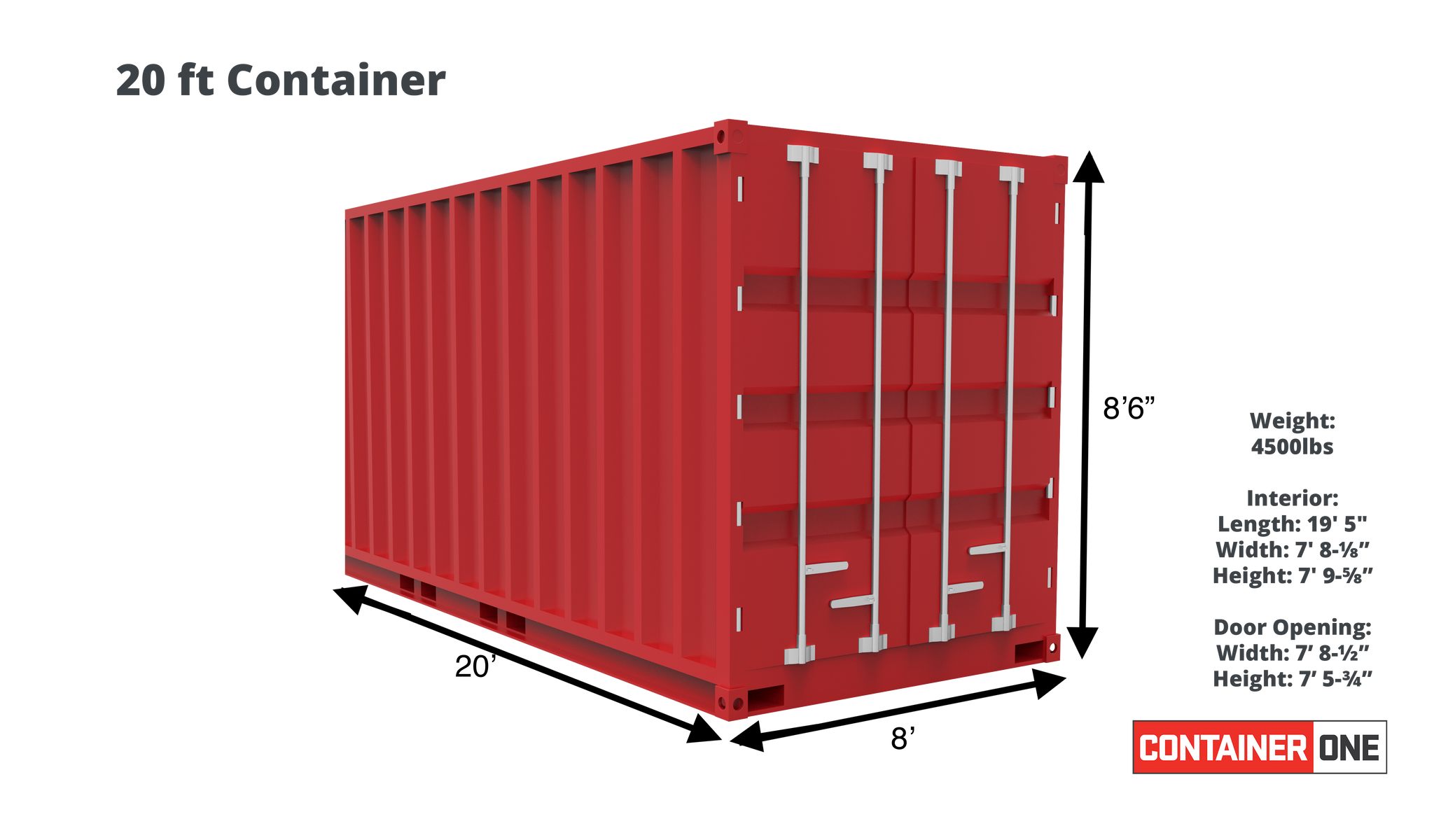

The 40-foot open top container is for top loading for excessively long or high cargo.Ĥ0-foot High Cube Container Dimensions Container Reference Code: The 40-foot dry container is for general purpose cargo.Ĥ0-foot Open Top Container Dimensions Container Reference Code: The 20-foot refrigerated container is for cargo that requires temperature control.Ĥ0-foot General Purpose Dry Container Dimensions Container Reference Code: The 20-foot ventilated container is for cargo that requires ventilation, typically used to transport green coffee beans or similar cargo.Ģ0-foot Refrigerated Container Dimensions Container Reference Code: The 20-foot open-top container is for over-height cargo and top loading.Ģ0-foot Ventilated Container Dimensions Container Reference Code: The 20-foot flat rack container is for especially heavy loads, over-sized cargo, construction equipment, building supplies or heavy machinery.Ģ0-foot Open-Top Container Dimensions Container Reference Code: The 20-foot dry container is for general purpose cargo.Ģ0-foot Flat Rack Container Dimensions Container Reference Code: The different shipping containers sizes and their dimensions are outlined below: 20-foot Dry Container Dimensions Container Reference Code:

There is also an identifying code for the container type, the tare weight (weight of the empty container), gross weight and maximum payload.This is a control number used to verify the owner, product code, and serial number. The final digit is the check digit, placed in brackets.The following six digits represent the registration number assigned by the owner operator to each container in their fleet.



 0 kommentar(er)
0 kommentar(er)
